
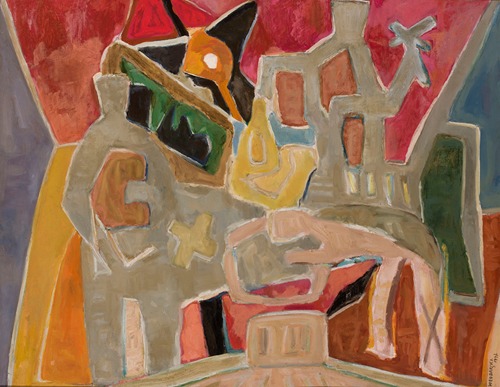

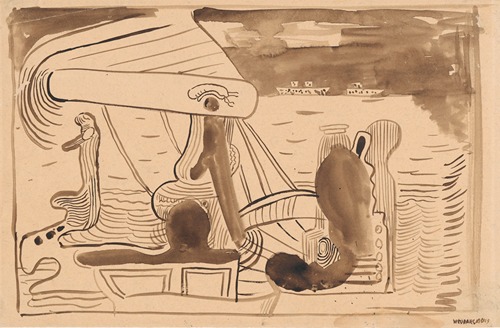
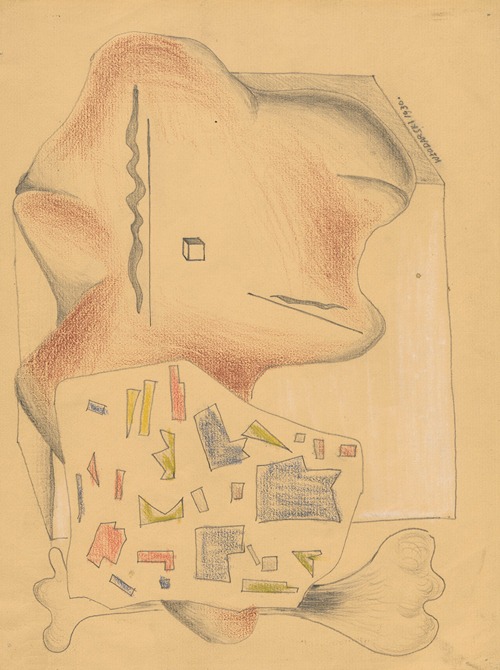
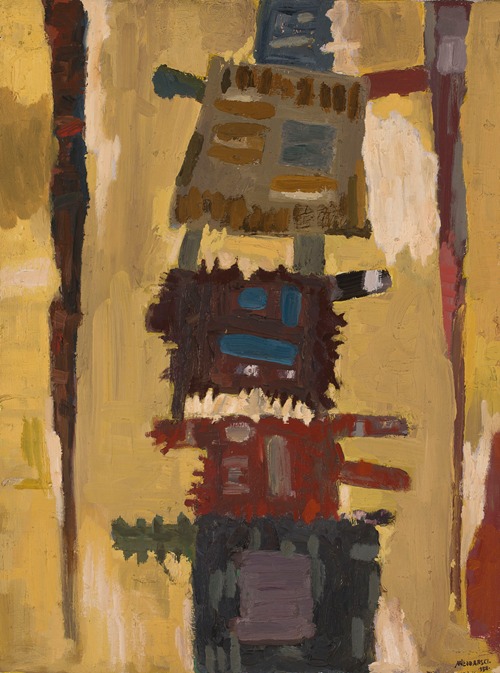
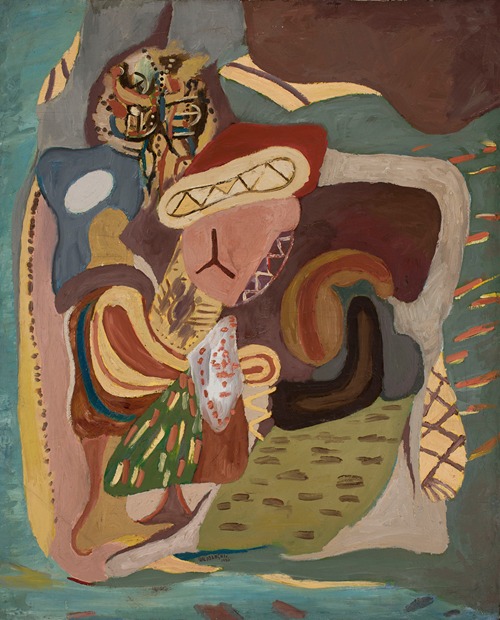
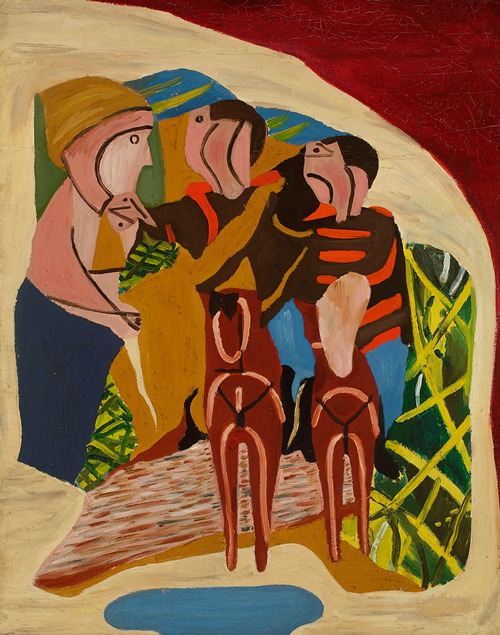
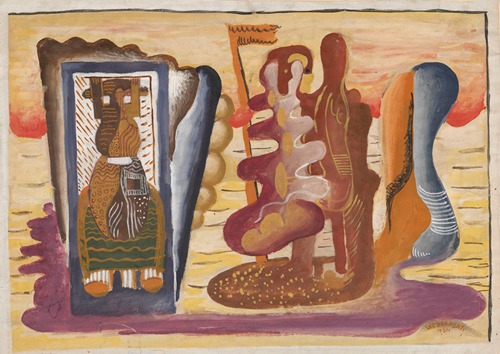

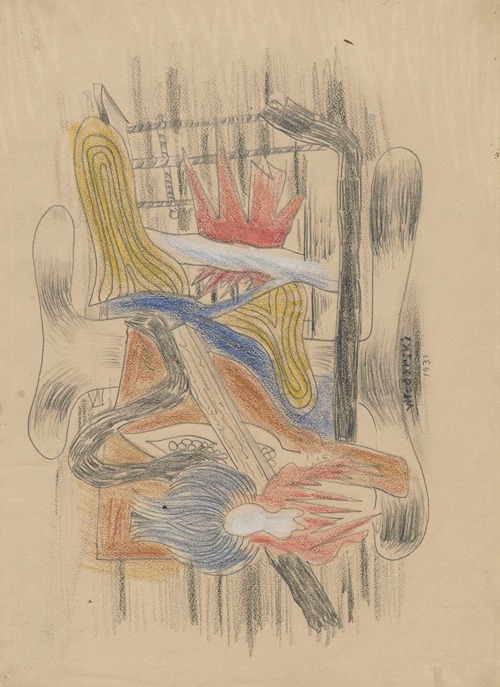
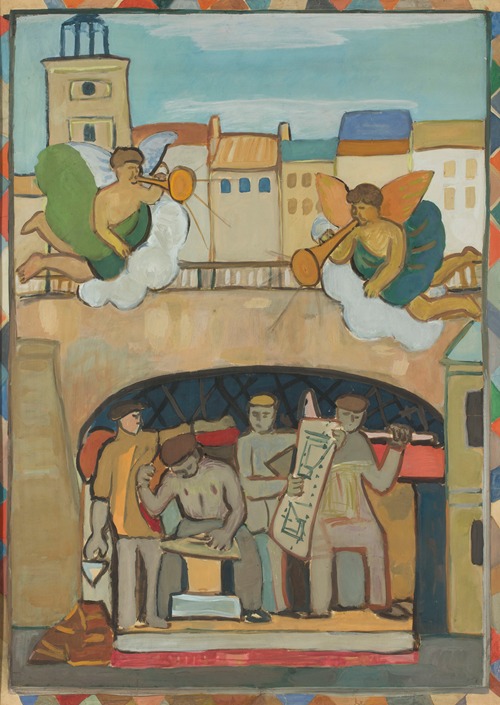
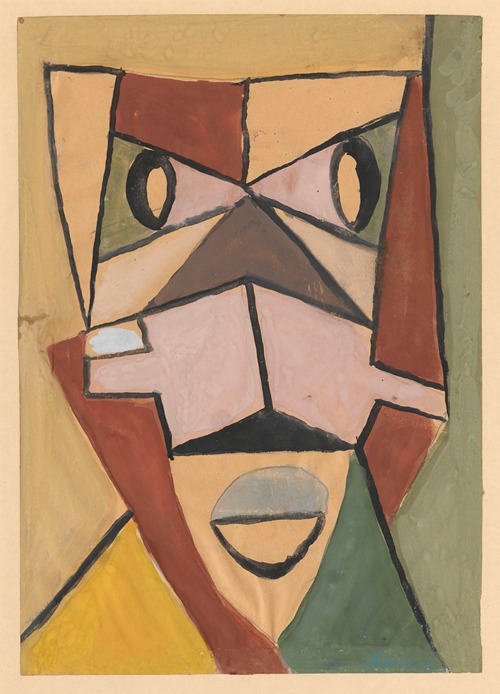

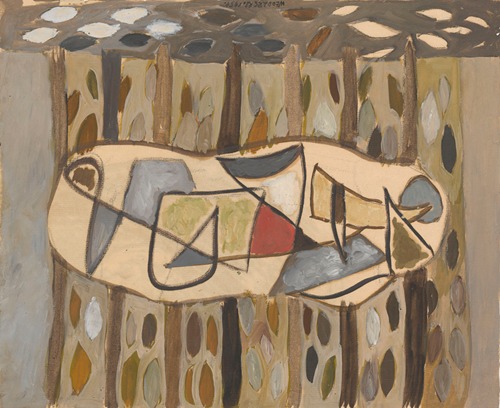
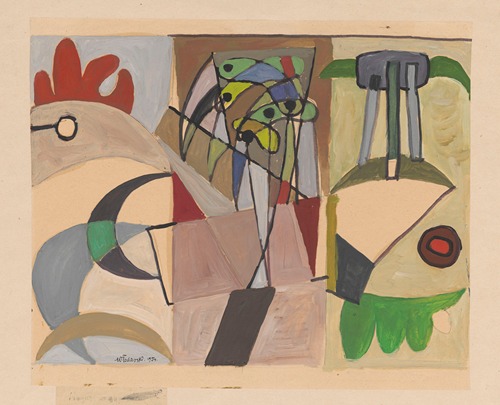
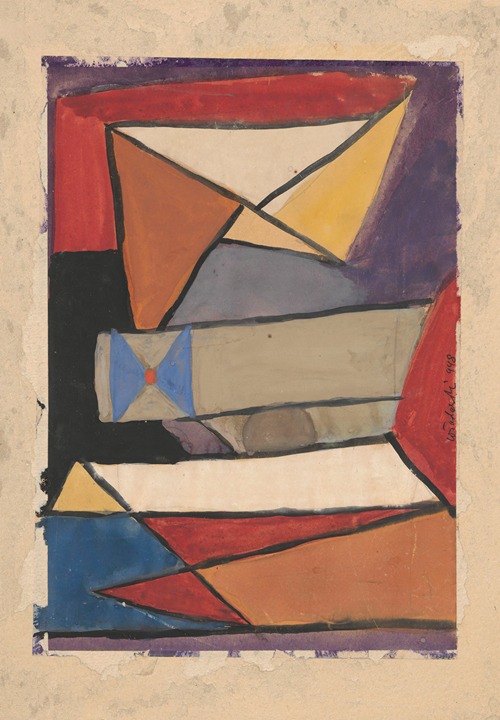
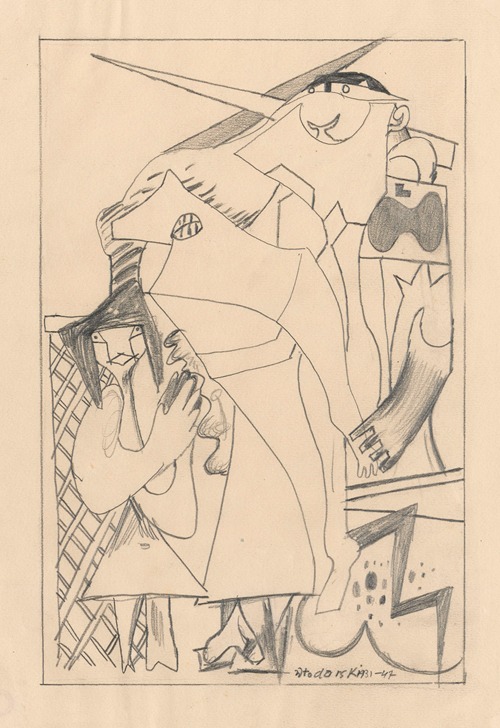


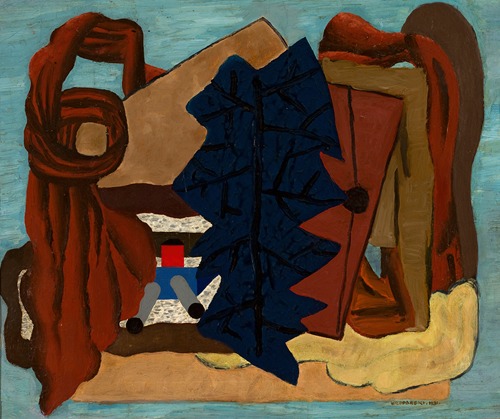
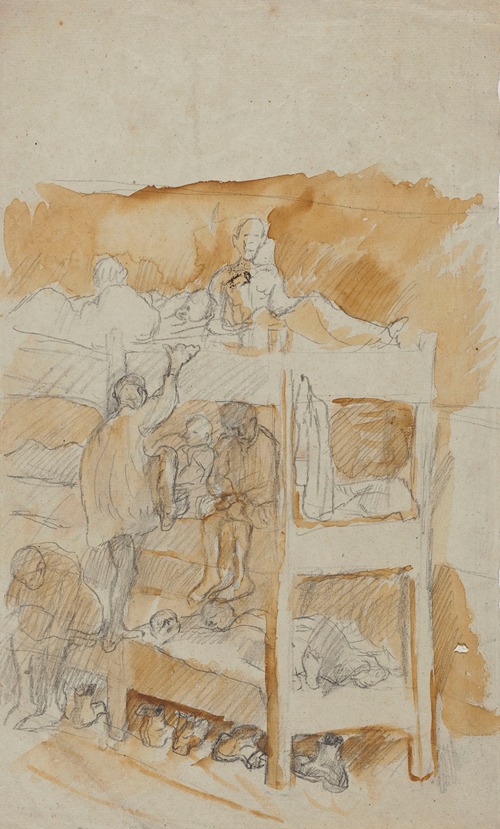
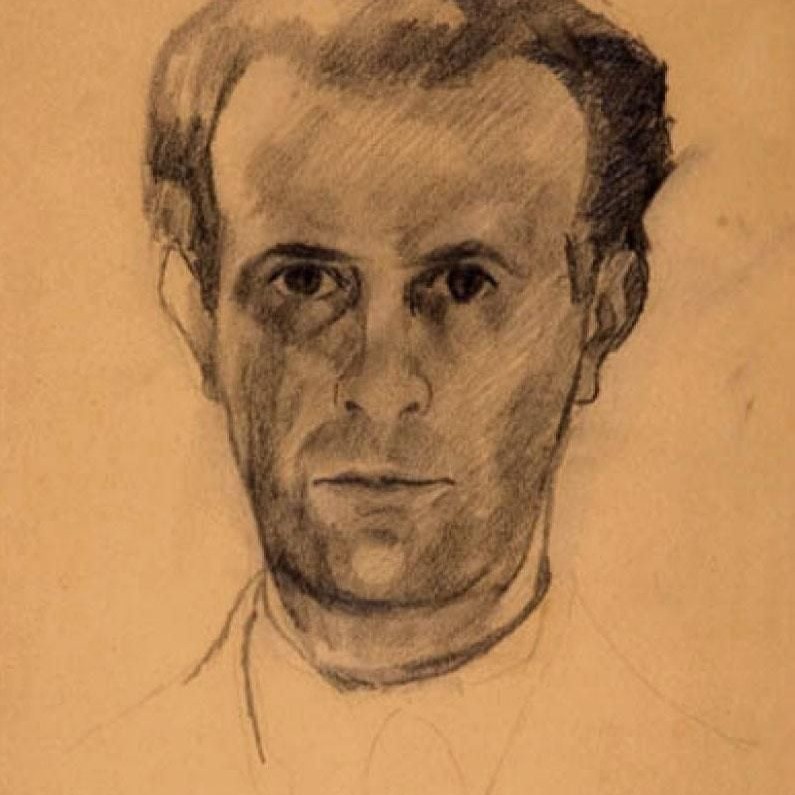

Marek Włodarski, real name Henryk Streng was a Polish painter of Jewish descent.
He began his painting studies in 1920 at the Free Academy of Fine Arts in Lviv, continuing from 1922 to 1924 at the State Industrial School in Lviv in the studio of Kazimierz Sichulski. He was fascinated by naive provincial art and fairground folklore. In 1924, he left for Paris, where he studied for six months in the studio of Fernand Léger. There, he met the leader of the Surrealists, André Breton, and André Masson. His painting Man with a Gramophone dates from this period (1926).
In 1928, together with Otto Hahn, he organized his first exhibition in Lviv at the Society of Friends of Fine Arts. In 1930, he joined the Lviv avant-garde group “Artes.” In line with his radical left-wing political views, he joined the International Organization for Aid to Revolutionaries (MOPR) in 1933. In the 1930s, he met with Bruno Schulz.
Called up for military service, he took part in the September 1939 campaign. He avoided captivity and made his way to Lviv, where, after the German invasion in 1941, he hid under the false name Marek Włodarski. In 1944, he moved to Warsaw. After the Warsaw Uprising, he was imprisoned in the Stutthof concentration camp.
After the war, he settled in Warsaw. From 1947, he was a teacher at the State Higher School of Fine Arts, and from 1956, a professor at the Academy of Fine Arts in Warsaw.
The influence of Léger and Chagall is evident in Marek Włodarski's work. In the 1950s, he did not succumb to the doctrine of socialist realism.
He died in Warsaw and was buried at the Powązki Cemetery (plot 253-1-1).





















